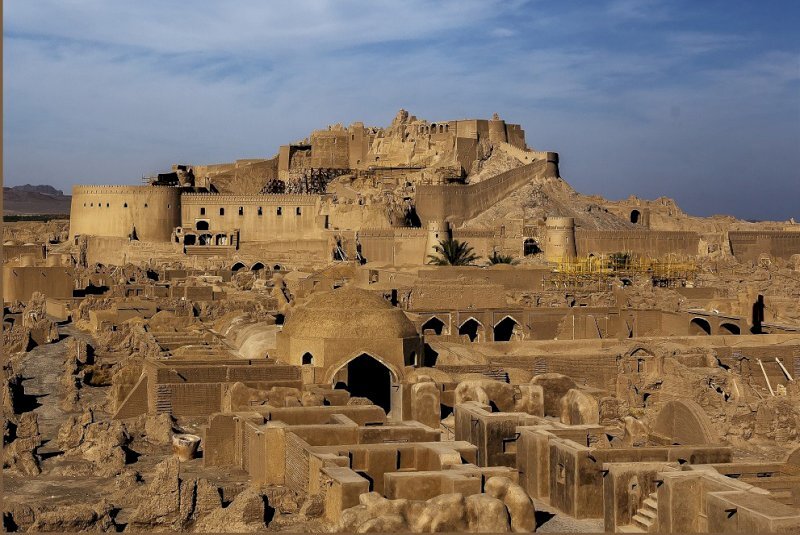12 restoration workshops underway in quake-stricken Bam Citadel

TEHRAN – Director of the UNESCO-registered Bam and its Cultural Landscape has said 12 restoration workshops are currently underway in the Bam Citadel and its premises, which were brought down to earth due to a devastating earthquake on December 26, 2003.
“Currently, 12 restoration workshops, three conservation workshops, and eight material production workshops are active in the historical Bam citadel,” Mohsen Qasemi said on Thursday.
Moreover, restorers and cultural heritage experts are working on the Mir Akbar Mansion, the Government Stables, the Stables' Tower, the Fence, and the traditional ice storage, CHTN reported.
The property of Bam and its Cultural Landscape is located on the southern edge of the Iranian high plateau close to the Pakistan border. The origins of the citadel of Bam (“Arg-e Bam”), can be traced back to the Achaemenid period (6th to 4th centuries BC) and even beyond. The heyday of the citadel was from the 7th to the 11th centuries, being at the crossroads of important trade routes and known for the production of silk and cotton garments.
The citadel, which contains the governor’s quarters and the fortified residential area, forms the central focus of a vast cultural landscape, which is marked by a series of forts and citadels, now in ruins. The existence of life in the oasis was based on the underground irrigation canals, the qantas, of which Bam has preserved some of the earliest evidence in Iran and which continue to function until the present time.
According to UNESCO, Arg-e Bam is the most representative example of a fortified medieval town built in vernacular technique using mud layers (Chineh), sun-dried mud bricks (khesht), and vaulted and domed structures.
Bam and its Cultural Landscape represents an outstanding example of an ancient fortified settlement that developed around the Iranian central plateau and is an exceptional testimony to the development of a trading settlement in the desert environment of the Central Asian region. This impressive construction undoubtedly represents the climax and is the most important achievement of its type not only in the area of Bam but also in a much wider cultural region of Western Asia.
The Cultural Landscape of Bam is an important representation of the interaction between man and nature and retains a rich resource of ancient canalization, settlements, and forts as landmarks and tangible evidence of the evolution of the area.
AFM
Leave a Comment